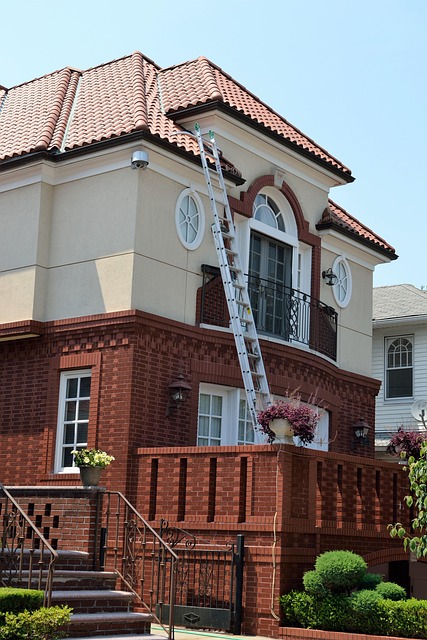Assessing a property's condition through meticulous visual and mechanical inspections is crucial for real estate buyers and investors. By checking for structural damage, water stains, outdated wiring, and other issues early on, they can avoid costly repairs, negotiate prices effectively, and plan renovation budgets. Regular maintenance, based on these assessments, prevents severe damage and ensures a safe, structurally sound home.
In the real estate sector, identifying structural and mechanical problems is paramount for informed decision-making and ensuring property safety. This comprehensive guide delves into essential techniques for assessing a property’s physical condition, from visual inspection methods to spotting common signs of mechanical failures. We explore advanced diagnostic tools and emphasize the importance of professional engagement for thorough assessments. Furthermore, practical strategies for maintenance and repair are presented, focusing on prioritizing repairs based on severity and cost-effectiveness to extend property longevity.
Assessing Physical Condition: A Closer Look

Assessing a property’s physical condition is a critical step in the real estate process, especially for buyers and investors looking to make informed decisions. It involves a thorough inspection to identify any structural or mechanical issues that could impact the building’s longevity and value. This includes examining the foundation, walls, roof, plumbing, electrical systems, and HVAC (heating, ventilation, and air conditioning) units. By closely evaluating these elements, potential buyers can uncover hidden problems like cracks in the foundation, water damage, outdated wiring, or faulty pipes, all of which may require costly repairs.
A professional inspector will use specialized tools and expertise to detect such issues, providing a detailed report for the buyer’s benefit. This assessment is crucial as it allows investors to negotiate prices, plan renovation budgets, or make informed choices about whether to purchase the property as-is or request repairs from the seller. Regular maintenance and early identification of problems can prevent more severe damage and ensure a safe, structurally sound home.
– Visual inspection techniques for identifying structural issues

When conducting a visual inspection in real estate, paying close attention to structural elements is key. Look for any signs of damage or wear, such as cracks in walls, ceilings, or foundations. These could indicate structural issues that may require professional attention. Also, check for proper alignment and stability of doors and windows, as misalignment can be an early indicator of foundation problems.
Utilize tools like a level (to assess vertical and horizontal alignment) and a measuring tape (to verify dimensions). Peeling paint or water stains on walls or ceilings should also raise concerns. These visual cues could point to moisture intrusion, which can lead to wood rot and compromise the structural integrity of the property. Regularly inspect these areas during routine maintenance to prevent minor issues from becoming major problems.
– Common signs of mechanical failures in real estate properties

Mechanical failures in real estate properties can manifest in various subtle ways, indicating deeper structural issues. One of the most common signs is unusual noises coming from appliances or systems, such as grinding in sinks or toilets, clicking sounds in electrical fixtures, or strange squeaking from doors and windows. These sounds often signal wear and tear or potential damage to moving parts. Another indicator is irregular functionality; for instance, a refrigerator that stops cooling effectively, a heating system that fails to maintain temperature, or lights flickering without apparent cause.
Regular maintenance records can help identify recurring problems, but even then, some issues may go unnoticed until they escalate. Visual inspections are crucial; look for signs of water damage, like stains on ceilings or walls, which could point to roof leaks or plumbing failures. Cracks in foundation walls, uneven floors, and doors that stick or fail to close properly also suggest structural problems. In the case of older properties, check for loose or damaged electrical wiring, as well as outdated plumbing that may be prone to corrosion and bursting.






